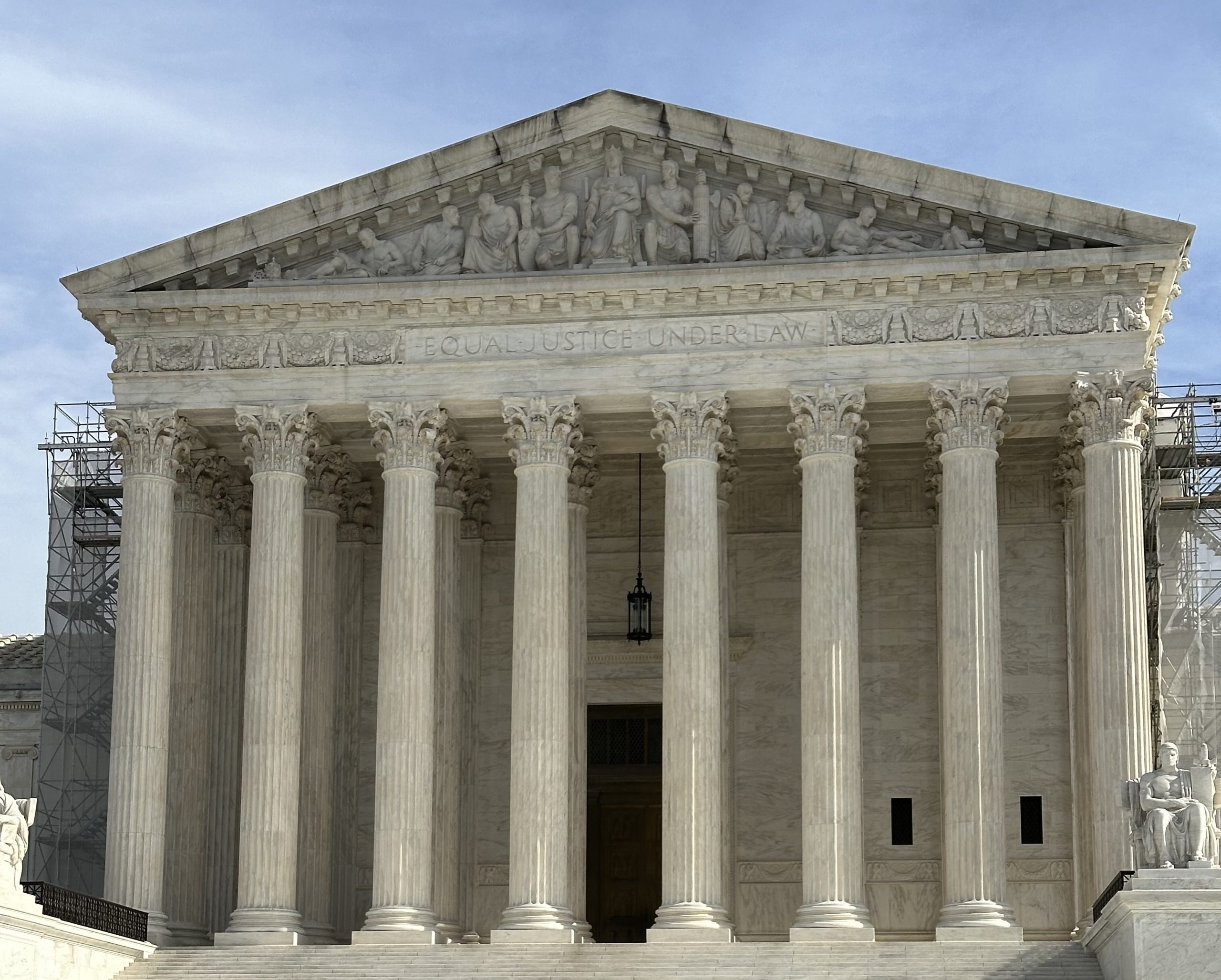USPTO Issues Guidance for Determining Inventorship in AI-assisted Inventions | Stinson LLP
The United States Patent and Trademark Office (USPTO) recently issued its Inventorship Guidance for AI-assisted Inventions for determining inventorship where artificial intelligence (AI) is used during the invention process. The guidance went into effect February 13, 2024, and applies to all applications, and to all patents resulting from applications, filed before, on, or after February 13, 2024.
The guidance is intended to provide clarity for how the USPTO will analyze inventorship issues when AI is used in the innovation process. While the guidance does not conclude that AI-assisted inventions are not categorically unpatentable, the focus of the analysis is on the contribution of a human. The underlying emphasis on human contribution is that patents are intended to incentivize and reward human ingenuity.
The guidance follows the USPTO’s determination, as upheld by the courts, that inventors and joint inventors named on patents and patent applications must be natural persons. The guidance provides that while AI systems cannot be listed as inventors, use of AI by a natural person does not preclude a natural person from qualifying as an inventor if the natural person significantly contributed to the claimed invention. Touching on § 103 obviousness and § 101 subject matter patentability, the guidance notes that using well-known concepts by the natural person does not rise to the level of substantial contribution sufficient to be named an inventor.
In making the determination that each inventor significantly contributes to the invention, courts look to the Pannu factors (Pannu v. Iolab Corp., 155 F.3d 1344, 1351 (Fed. Cir. 1998)). Each inventor must “(1) contribute in some significant manner to the conception or reduction to practice of the invention, (2) make a contribution to the claimed invention that is not insignificant in quality, when that contribution is measured against the dimension of the full invention, and (3) do more than merely explain to the real inventors well-known concepts and/or the current state of the art.” In the AI-assisted inventorship analysis, each of the three Pannu factors is applied to the activities of the person. Failure to meet any one of the Pannu factors precludes a person from being a named inventor. It should also be noted that a person who designed and trained the AI-model who is not aware of any specific problem related to the invention or did not significantly contribute to the conception is not a proper inventor.
The guidance provides two examples: using AI in a mechanical setting (Example 1) and using AI in a chemical setting (Example 2). In Example 1, five scenarios illustrate whether natural persons using AI made a significant contribution to the mechanical invention sufficient to be named inventors. Example 2 uses two scenarios to illustrate whether natural persons using and developing AI in drug development significantly contributed to the invention to be named inventors.
Because the guidance applies to all applications (utility, design, and plant), and to all patents (utility, design, and plant) resulting from applications, filed before, on, or after February 13, 2024, an inventor analysis for patent applications and patents applying AI in the invention process should be conducted following the guidance to be sure a natural person(s) named as an inventor significantly contributed to the claimed invention. Applicants should not list an entity that is not a natural person as an inventor in a patent application. Keep in mind that a named inventor must share in the conception of the invention. A person who performs a significant contribution to reduction to practice of an invention conceived by another is not enough to constitute inventorship.
Additionally, to satisfy duties of disclosure and of reasonable inquiry, applicants should extensively document whether AI was used, who used the AI, how the AI was used in the inventive process, and how a natural person significantly contributed to the inventive process. It is particularly important to conduct an inventorship analysis when a single person uses AI to create an invention. The inventorship analysis must be performed for each claim.
The USPTO is seeking written comments from the public on the guidance for AI-assisted inventions and the examples until May 13, 2024. Continuing with the use of AI during the invention process, the USPTO intends to issue guidance relating to patent eligibility of AI-assisted inventions in the coming months.
For additional insight, see a recent article in IPWatchdog.






